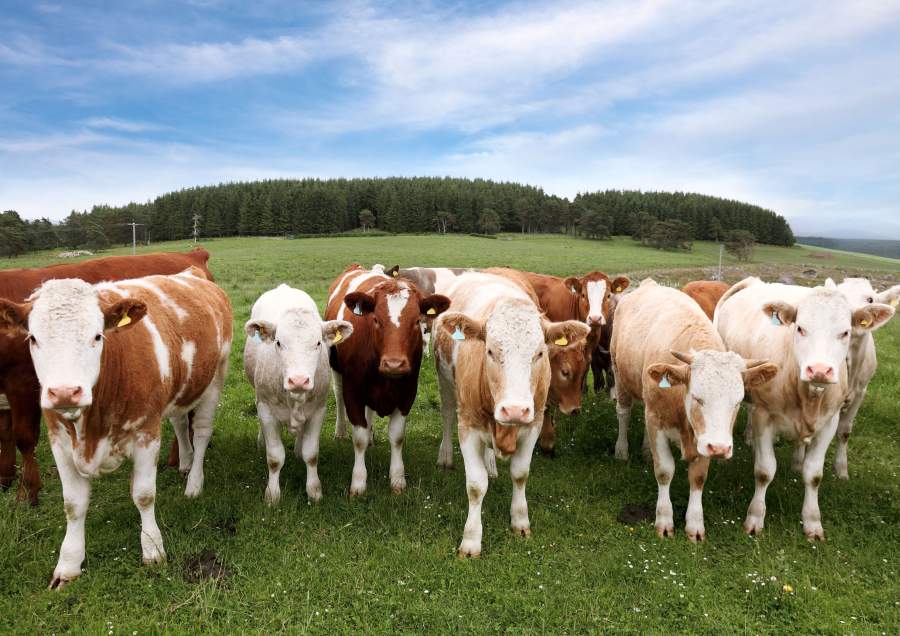
The number of vaccines used on dairy and beef cattle is on the rise while overall antibiotic use has declined, according to a new report.
The total number of vaccine doses sold for use in cattle increased by 15 per cent between 2011 and 2017. Sales of vaccines peaked in 2014, but dropped before recovering in 2017.
The drop in uptake in 2015 and 2016 may be related to the collapse in milk prices and in dairy farmer incomes, according to the report by AHDB.
Many factors may contribute to fluctuations in vaccine sales. Derek Armstrong, AHDB lead on veterinary matters, said: “Farmers are prepared to spend money when they have it to protect the health and welfare of their animals, but when incomes fall and overdrafts are under pressure, vaccines may be a victim of cost-cutting.
“Vaccines have an important part to play in helping to meet the industry targets to use antibiotics more prudently, to reduce disease and improve animal welfare and performance. Strategic vaccination should be part of every farmer’s plan to protect animal health,” he said.
The biggest increase in vaccine use over the period was for Infectious Bovine Rhinotracheitis (IBR), which was up 43 per cent and calf pneumonia, up 30 per cent.
The increase in use of vaccines to protect against pneumonia is particularly welcome by the industry, as this is one of the diseases which has the biggest effect on animals and one of the commonest reasons for use of antibiotics in cattle.
There is, however, considerable scope to offer cattle more protection from common diseases, Mr Armstrong said.
The report estimates nearly half of all breeding cattle which could have been vaccinated for Bovine Virus Diarrhoea (BVD) were vaccinated in 2017 but less than a quarter of cattle at risk of IBR were vaccinated.
The drop in sales of antibiotics for use in livestock in 2017 demonstrates that farmers are being proactive and are looking for ways to improve animal health without relying on antimicrobials.
Modern vaccines work well and give good protection as long as they are stored and used correctly before the period when cattle are at risk of disease.
Mr Armstrong said: “Some farmers are prepared to take the risk and don’t vaccinate or leave it too late to vaccinate and give their animals useful protection.
“When disease strikes there are inevitably costs both in terms of lost performance and poorer animal welfare and sometimes avoidable deaths.”
